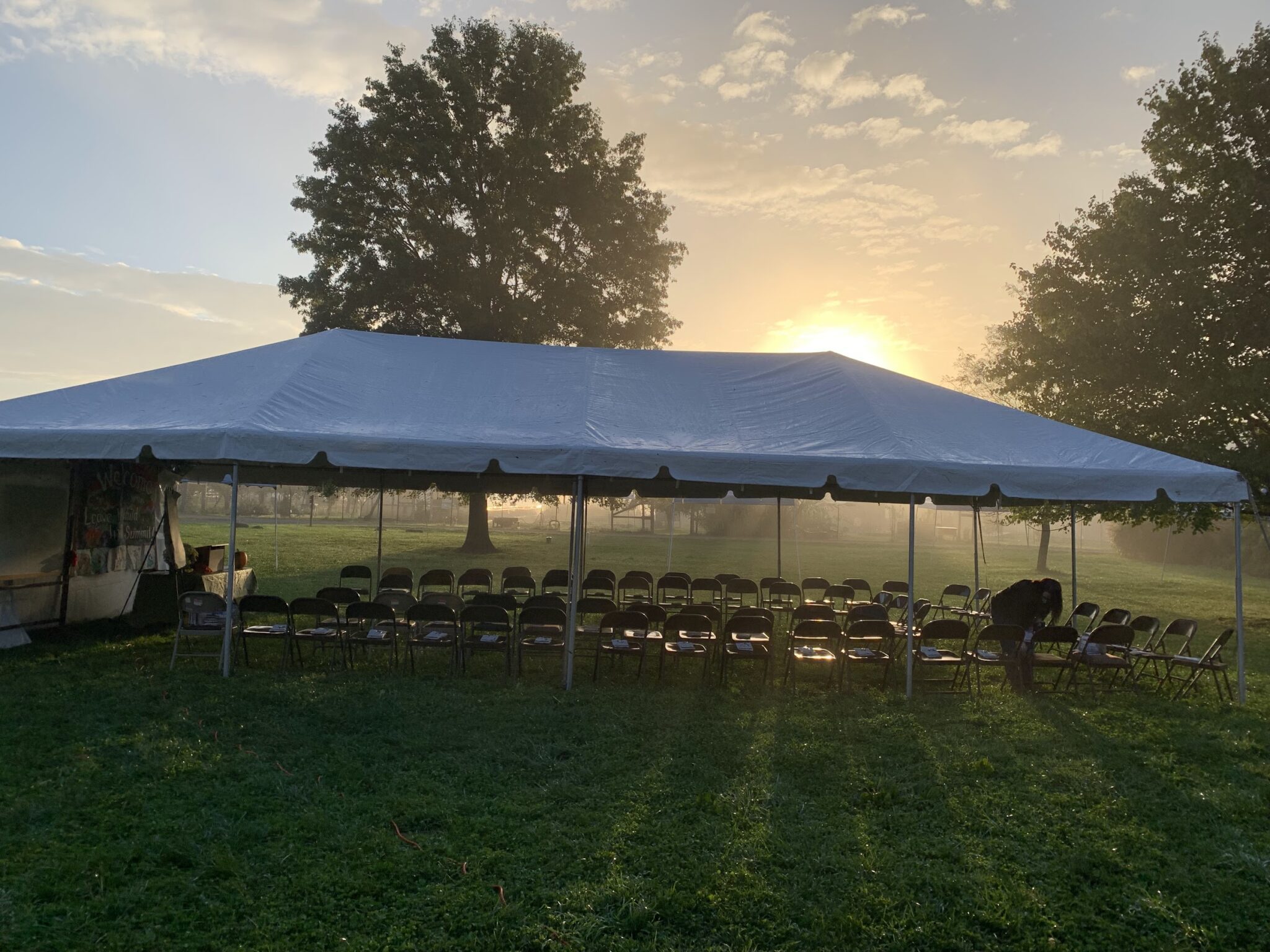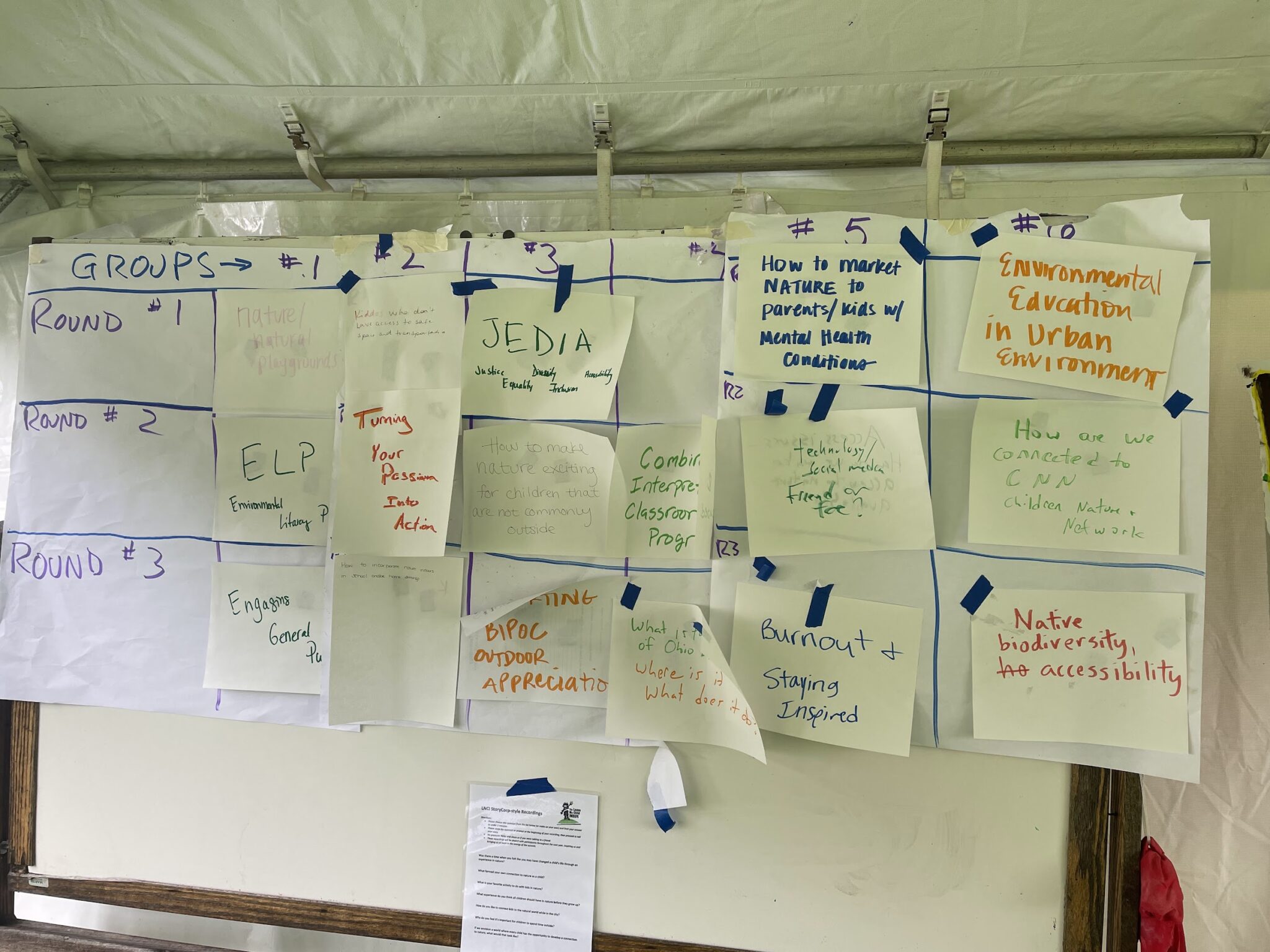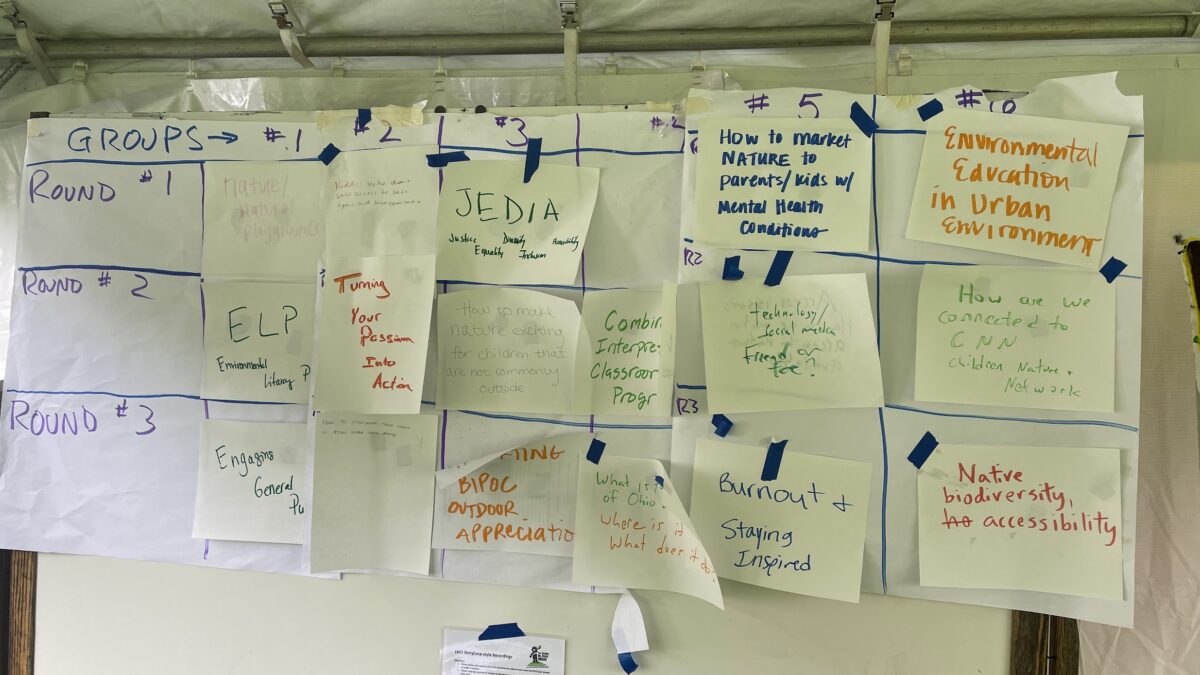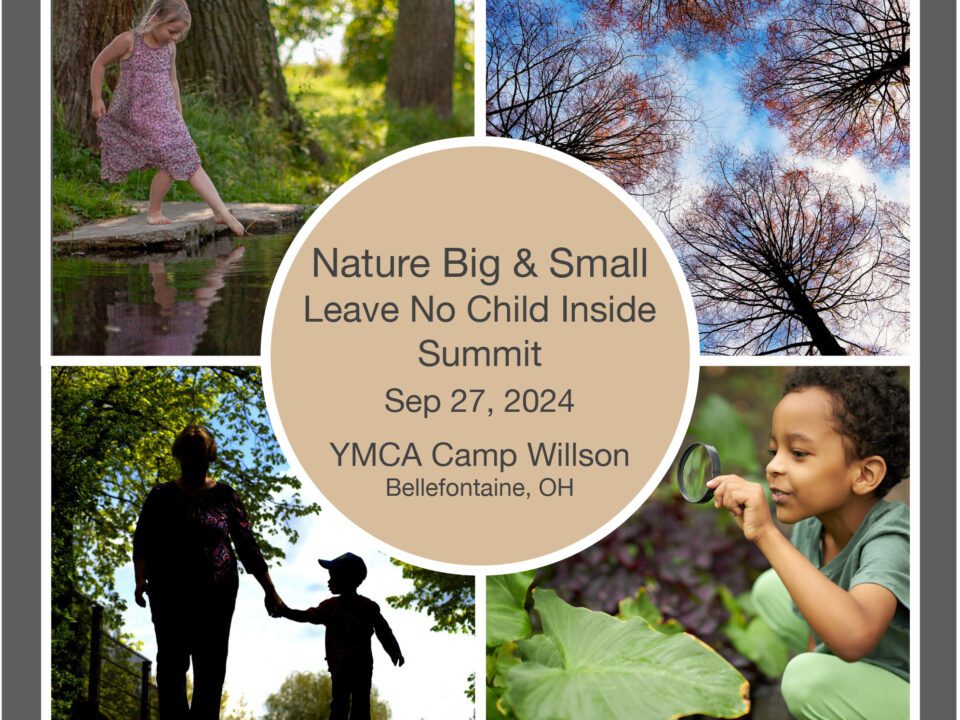
Photos from the Summit!
October 22, 2021
Our First Summit Discussion Topic! “Engaging the General Public”
November 5, 2021The LNCI board met this week and have determined to make the most of the conversations generated at the summit.
This is the plan:
Every week we will highlight one of the breakout sessions OR one of the videos recorded at the summit. You’ll receive an email with one or the other.
If a breakout session is highlighted, we will provide the notes our facilitator, Chris Kloth, typed up from the chart paper, along with a link to a new discussion on our Facebook Group. Join the Facebook discussion to tell us more about the conversation that happened in your session, ask questions about a session you didn’t attend, or brainstorm ideas and next actions for that session!
If a video is highlighted, please watch and share!
A “brain dump” for now
For today, we are pasting a transcriptions of the notes from each session’s chart paper. Some were easier to decipher than others, and there will be more clarity as we highlight and discuss each one on its given week.
See below for notes from all sessions.
What is the value of Ohio LNCI now?
Where is it? What does it do?
- History Bill of Rights
- ODNR Report, Health, Job & Family Services, Education, ODNR?
- Now in Cincinnati
- App of Natural Play Areas
- Grant Holding
- Biannual Communication
- Discussion of single LNCI
- Award
ELP: 2012 Environmental Literacy Plan
www.eeco-online.org – publications tab
- Natural Learning Initiative at NC State
- Children and Nature Network
- Richard Louv – Last Child in the Woods: Saving Our Children from Nature Deficit Disorder
- Australian Bush Kinder
- Play Strong Institute (counseling and play therapy for children)
- Adam Beanstalk
- PlayCore Plant Guides
- US Play Coalition – Clemson
- International Journal of Play
- American Journal of Play
- Children, Youth, and Environments
- Environment and Behavior (Sage Publications)
- University of Cincinnati
- Office of Professional and Continuing Education
- Teachers App
- APELS
- Digital Learning Modules
How are we connected to CNN: Children Nature Network?
- Resources
- Bexley School
- Study time
- Not many windows
- School is a maze
- Harsh light
- Hard to comprehend
- Feels like prison
- NRG esports
- Engaged
- Dream
- Greenhouse
- Garden Club
- Some plants in some classrooms
- Home
- Small garden
- Relaxation
- Moms signed them up for today with Mr. Scribner
Engaging the General Public
- Toledo Metroparks – “Bird Bingo” got 12,000 “likes” in three days! – interactive
- Care Packages – Loaner trunks with binoculars, guides, fossils, magnifying lens, bug boxes
- Online Store – Social Media Piece
- Three “Es”:
- Educational,
- Entertaining,
- E-commerce (include Workshops)
- Choose a theme to highlight and focus on a real person – women in STEM, LGBTQI, etc. (CANVA)
- Flashy, quick, attention getter vs. quality education
- There is no “General” Public
- Target segments – parents, retirees & grandparents, community residents, gardeners, farms, native plant backyard gardeners
- Target older adults, young professionals, container gardeners
- Speaker series
- Lack of Science Literacy – third grade level
- How to bring park visitors for recreation into nature center & participating in programs – Provide an Activity Card
- NCSL QR Code Scavenger Hunt – Come in for a prize
- Child level exhibits at trail stops
- Geocaching, water bottle decals, Pokémon Go
- Partner with schools
- “Don’t put more than one thing on my plate.”
- Provide enticements
How to incorporate nature indoors in school and/or home settings
- Meet children where they are
- Plant seeds at home
- Incorporate foods that we eat (learn where it comes from)
- Explore natural materials
- Use nature to teach other concepts (color, counting, etc.)
- Virtual fieldtrips
- Create a nature friend story
- Connect literature with nature
- Changing the idea of what nature looks like to the child
- Growing Up Wild
- Storybook trail grant – ODNR.gov
Alyssa, Linda, Mary, Stacy, Jessica, Jill
Kids who don’t have access to safe space and transportation??
- Two classrooms from Columbus City Schools come to the Audubon 4 times per year
- Access to transportation is problematic
- Bus passes & bus stops
- Summer programs: Who has transportation to attend?
- EPA Office of Environmental Education: Grants can fund transportation
- Private donors
- Organize a carpool
- COTA to the Zoo
- COTA to programming?
- Safety is important
- “Walking school busses” ODOT – Increase transportation and safe routes to safe schools
- VLA (Virtual Learning Academy) bussing for field trips
- Environmental funding: play vs. education
- Science supplies and outdoor materials -> EPA
- Mental health benefits to families -> How?
- Education: reminders of programs/activities (texts)
- Exposure now to affect the future
- Invite families = extension & comfort
- Grandparent camps: get them involved
- Add environmental piece to places adults already have to go to, i.e., vaccinations, open house, community events
- What is Nature?
- How do we define it?
- Can we realistically do that activity?
- Adult lens vs. child lens
- 5-minute sit spots: guided questions, nature journal to write/draw in
- All feelings are appropriate
- Create detailed plans to explain what is going to happen and how to interact
- Social stories we want positive experiences
- Help parents to understand, too
- Gradual exposure
- Trauma-informed principles and being sensitive -> create safety
- Franklinton CycleWorks: incentive programs
- Develop a strategy to get bikes to kids
- School to outdoors… cycle training to teach how to map safe routes
- “Library card” to rent/borrow bikes -> helmet access
- Programs are inaccessible i.e., downtown
- Columbo Law: bike helmet giveaway
Nathan Zimovan, Jessica Bennett, Ryan Ingley, Brandon Morgan, Jill Snyder, Carolyn Watkins, Jessica Crook, Emily Kridel, Eloise Jobes, Kim Batts, Sierra Grant, Molly Jo Stanley
Connection to Nature in Urban Areas
- Re-emphasizing connections with nature
- Creating connections with the nature around them
- Need safe access to nature
- Intentional planning – edible landscaping, etc. to help people see how they “fit in” or are connected to nature
- Benefits of green space, tree coverage, etc.
- Lower income areas tend to have lower access
- Planting native plant species is an important addition
- Raise & maintain awareness of our connection to nature
- Include ideas from all ages & different perspectives
- Increase natural areas in school settings – gardens, wildflowers
- Start introduction to nature connection young – create familiarity and comfort with nature early
Barriers:
- Comfort level of teachers to take students outdoors
- Time & space (at school or home) to connect
- Media coverage – negative language about wildlife
- Distractions such as social media – time consuming (there are positive, informative sites!)
- Convincing people of benefits of spending time in nature
Focus Areas:
- Schools
- Create garden spaces
- Encourage administration to incorporate nature in plans
- Natural Landscaping
- Involve students in planting
- Help students find a comfortable space outside
Ideas:
- Developing natural scavenger hunts, geocaching, etc.
- Provide “reasons” to interact with nature
Christa Hein, Karli Wolfe, Mary Vance, Josh Bahar, Ilan Bahar, Kim Chapman, Rebecca Ross, Sue Wintering, Linda Pettit, Andreas Chitu
How to make nature exciting for children that are not commonly outside
- Scavenger Hunts: i.e., tree in your yard
- Focus on specific age groups
- Urbanization, cultural issues are factors
- Nature play/Natural playgrounds
- “Yes” spaces, healthy risk-taking, boundaries, i.e., climbing trees, they have to get up & down by themselves
- Kids can be afraid in any environment, why don’t they feel comfortable?
- Exposure to natural substances i.e., dirt, water, trees
- Present in the moment with them
- Working/talking through nature anxieties
- Recognizing the power of relationships/mentors
- Displaying opportunities in nature
- Making youth comfortable because adults might not feel comfortable in outdoor spaces
- Classroom expectations vs outdoor experience
- Gets kids out there, plant a seed!
- Give opportunity to connect
- You can find nature in small spaces
- Therapy nature animals
- Physically planting something, caring for that seed
- Partnering with other likeminded individuals/communities, transition to taking kids outside
- Funds of knowledge i.e., these are the priorities, fears
- Trying to rebuild a new paradigm
- Social aspect of an outdoor experience
- Changing the narrative on cellphones, how do we reduce?
- How do we convince parents to get outside?
- Meeting families outside and introducing them to nature
- Help them get comfortable & natural spaces
- Being coachable as an adult
- Kids being the teacher, gaining agency, become empowered
- Being stuck in a box
- It’s okay not to share
- Meet kids where they are
- The impact of being outside is amazing, no matter how small
- Providing opportunities
- Allowing the experience
- Bringing the natural world inside
- It can be just for the experience, not the scientific method
- Literature/stories in nature, have kids make up names for items they come across based on characteristics
- Using “WOW!’
- Exploration & discoveries
- Positive reinforcement
- Just to do it
- What is an experience? Physical, social, cognitive
How to market NATURE to parents/kids with mental health conditions
- Encourage doctors to prescribe nature in addition to…
- Keep it simple. Start small.
- Have house plants to nurture
- Hang a birdfeeder outside window
- Open windows – get fresh air
- Walk around
- the house
- the block
- at a park
- Earthing/grounding
- Sit outside in sunshine
- Small tasks – make your bed
- Breathing exercises
- Regulators
- Scavenger hunts
- Nature provides opportunities for success for young people struggling in traditional classroom settings – Nature Intelligence
- Macaroni Kids – resources /website
- Columbus on the Cheap
- What’s healthy risk taking?
- How to grow confidence/resilience
- The Play Project
Native Biodiversity Accessibility/Implementation
- How to popularize the idea?
- Counter Homeowners Associations
- Public displays
- Neighborhoods
- Economic incentive
- Public relations
Technology/Social Media: Friend or Foe [1]
- Naturalist? trailblazer? (Scratch/)
- Put screen down long enough to look up
- Sc lac & when off the grid
- Friend
- Meet people where they are
- Apps supporting mission
- Earth from space (?) (frmqSoup?)
- Chronology (?) Chraneley??
- Foe
- Functional?
- Move e Beel? Manual Movement Bible
- Lots?
- ????
Turning Your Passion into Action
- Reynoldsburg Parks and Rec
- Refugee population
- Partnership with outdoor camp?
- New nature programing (vs. 100% sports programs)
- Big Ideas
- Parking lot -> urban garden
- Farm-to-table restaurant
- FCBDD
- Getting kids more engaged in outdoor space
- Fine motor vs. gross motor
- Burbank School in UA
- Satisfying curriculum with shortened time period while being child led
- Jen Steele – School for Young Children
- How to get public schools excited about natural playgrounds
- Ohio Wildlife (Division of Wildlife)
- How to orient people to wild nature instead of trying to tame or exterminate
- BAF (Bio Accumulation Factor) programs!
Burnout & Staying Inspired
- I’m Burned Out
- Ask for help
- Self-awareness
- Needing help DOES Not = failure
- Set boundaries
- Prioritizing
- YOU ARE IMPORTANT TOO
- It’s okay to say NO
- What fills your bucket?
- Remember positives
- The A-ha moments
- Small victories
Kim Chapman, Ryan Ingley, Breaner Luglian, Brandon Morgan, Gretchen Brooks, Steven Shapiro, Beatrice Meeks,” a couple others”
JEDIA
Justice, Equality, Diversity, Inclusion, Accessible
- Hurdles – Privilege
- Representation – How to be allies?
- Fear – See something; say something
- Money – Contact State Representatives
- LGBTQ+ – Speak out/Speak up
- Access – personal emails
- Go to City Schools Principals –
- What are some outcomes?
- Make connections – outdoors as classrooms
- Internships
Brenda Metcalf
740-215-3376
Supporting BIPOC Outdoors (1)
- Appreciation – Encouragement
- Inclusion
- Natural Playground
- Outdoor Afro
- Recruitment of BIPOC to EE
- Black Birders – Black folks camp too
- BIPOC volunteer engagement
- Intentional/equity
- Starts with relationships and trust
- Representation
- Cultural literacy
- Provide transportation to locations
- Partner with organizations that go to locations
- Partner with organizations that are representing the populations
- Focus Groups
- CNN & NAPPY stock photos
- Family involvement
Supporting BIPOC Outdoors (2)
- Parkmoor Elementary
- School Site-based Council
- PTA
- Organizational leadership Introspection
- Challenging self
- Systematic/systemic change
- Bystander training: Hollaback!
- Find ways to clearly show what people can expect of your place/program
Maria Hasty, Emily Kridrl, Sue Wintering, Jessica Crook
Posted Topics with no Chart Pad Notes
- Nature/Natural Playgrounds
- Combining Interpretation and classroom-focused programs
[1] This chart was very difficult to read. However, I contacted the convener of the group to get clarification and will insert the revised chart text in this document and resend it to you without the DRAFT watermark.



